Communal Domostroy: housing and communal services tariffs in the Volga region remain invariably high
Utility services prices in general have increased by 3-5% over the year
In recent times, the residents of Russia's regions are increasingly complaining about the tariffs for housing and communal services, the prices for which can vary considerably depending on the region. It is important for consumers to know the basic principles of tariff formation in order to understand what they pay for. Having analyzed the state of affairs in this market, Realnoe Vremya learned about for what people pay, along the way finding out that the mechanisms of tariff formation are diverse and sometimes inexplicable.
Samara inhabitants pay for electricity by one third more than the inhabitants of Orenburg
In Russia, the tariffs for utility services are indexed once a year on 1 July. This year, according to the order of the government of the Russian Federation, the payment of citizens for utilities is to increase by 4% on average in accordance with the established growth index. However, in fact, growth in the regions may differ, and it is determined not so much by economic calculations as by solvency of the population.
To date, the highest tariff for electricity among the regions of the Volga Federal District has been established in Samara Oblast. Here, one kilowatt-hour costs 3,84 rubles. Among the leaders by price there are also Perm Krai and Kirov Oblast — here the tariffs are 3,77 and 3,65 rubles, respectively.
The fourth place is taken by the Republic of Udmurtia with 3,57 rubles, Tatarstan is the fifth, ''losing'' only by one kopek: here the rate is 3,56 rubles.
The cheapest electricity is in Chuvashia, Bashkortostan and Orenburg Oblast. Here, one kilowatt-hour costs from 3,11 rubles in Chuvashia to 2,81 rubles in Orenburg Oblast.
In Tatarstan from 1 July 2018, one kilowatt-hour will cost already 3,69 rubles (like in the Udmurt Republic).
In general, over the past year electricity in the regions of the Volga Federal District has risen in price by 3-5%.
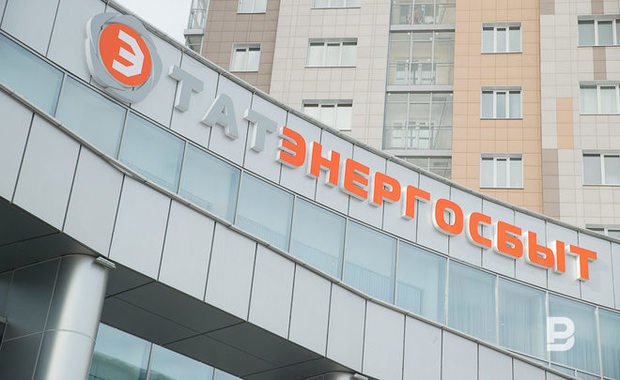
Everyone is equal, but some are more equal than others
For individual entrepreneurs of the Republic of Tatarstan, tariffs for electric energy will grow by at least 10%. Major increase in electricity tariffs for the second year in a row has been due to a growth in prices in the wholesale market. Electricity is bought by guaranteeing suppliers and other power supply companies – participants of the wholesale market for subsequent resale to end users or by distribution companies working in the retail market. For example, in Tatarstan, these companies are Alternative Distribution Company PLC (the company has the same director as Tatenergosbyt does), MagnitEnergo PLC, Lukoil-Energoservis PLC, RN-Energo PLC and others.
In our opinion, we should elaborate on the situation with tariffs growth. For reference: the main volume of electric power transportation in Tatarstan is carried out through the networks of Grid Company JSC and further to some consumers through the networks of relatively small grid companies, the so-called territorial grid companies. At the same time, the tariffs for transfer services are set for them. And here we have revealed some interesting things.
Grid Company JSC of the Republic of Tatarstan this year has been limited in tariff growth. The unified boiler tariffs for transportation services increased from 0,28% to 3,47% (depending on voltage level), which is not true of other territorial grid organizations operating on the territory of the Republic of Tatarstan. For example, the tariffs of Kazan Energy Company PLC or Electro-Energoservis PLC for transportation services have doubled compared to last year up to 508,4 rubles per thousand kWh and one a half times to 603,9 rubles, respectively. The tariff of Kamaz–Energo PLC increased by 9,4%, of Energotranzit PLC — by 31%. Apparently, these companies are not subject to the requirement to limit the growth of tariffs for transportation services.
Gas is one, but prices are different
The common price for the entire region is also established, in addition to electricity, for gas. The tariff here is formed from several components: the wholesale price of gas, the price for supplying and selling services and the services for transportation and a special surcharge to the tariff for transportation through gas-distributing networks. The wholesale price is formed according to the price zone. It is determined by a distance from the field: the closer the region to the gas field is, the cheaper the cost of a cubic metre is. In general, the gas tariff is set once, as a rule, for a year. The prices are changed on 1 July. To date, in most cases, prices have been set only for the period from 1 January to 30 June 2018. The cost of gas in the third quarter will be known later.
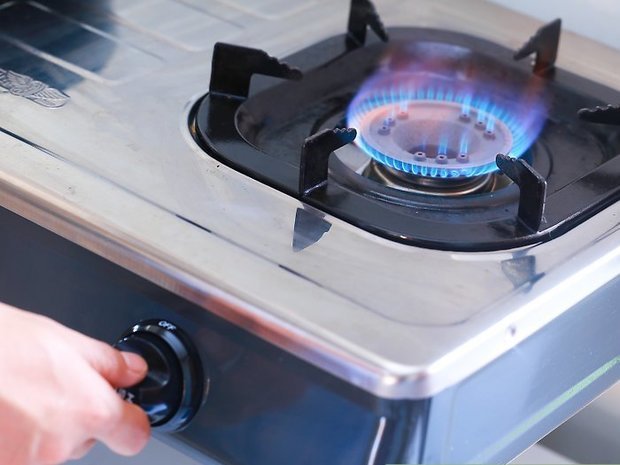
Interestingly, the price for gas varies greatly depending on the region — by almost two-thirds. The most expensive gas in the Volga Federal District is in Saratov Oblast — 8,96 rubles per cubic metre. In other regions of the district it is significantly cheaper. The second place is taken by Kirov Oblast, where gas costs 7,79 rubles per cubic metre, in Samara Oblast it costs 7 rubles. In addition to these regions, the top five also includes Mordovia and Bashkortostan with 6,77 and 6,75 rubles per cubic metre, respectively.
The gas price in the three cheapest regions does not exceed 5,4 rubles per cubic metre. So, in Ulyanovsk Oblast, which takes the third place by cheapness, gas costs 5,33 rubles per cubic metre. In Perm Krai, the cost of a cubic metre is 5,23 rubles, and in the cheapest Udmurtia — 5,18 rubles. In Tatarstan, which is in the middle of the list, the price of gas is 5,48 rubles per cubic metre.
However, in this regard, interesting is the picture of surcharges included in the gas tariff. For example, the fee for supply and distribution services (reimbursement of supplier's expenses) in Kirov Oblast is 312 rubles. Among the regions with a high surcharge there is also Mari El Republic, its rate — 299 rubles. In Chuvashia, the surcharge has been estimated at 242 rubles. In Tatarstan, the cost of supply and distribution services is also difficult to call low one — 205 rubles. The lowest surcharge is in Samara Oblast — 101 rubles.
The most expensive fee for transportation is again in Kirov Oblast — 1,384 rubles. The wholesale price for gas is significantly lower than, for example, in Ulyanovsk, where the tariff for transportation is 753 rubles. In Bashkortostan, the transportation costs 919 rubles. A quite high price for transportation is in Tatarstan — 912 rubles, and the least is in Orenburg Oblast (536 rubles) and Mari El (658 rubles).
Speaking about annual increase in gas price, let us note that there have been no changes only in Perm Krai. In another region, Mordovia, the increase amounted to 2%. In other regions of the Volga Federal District gas has risen in price by 3-4%.
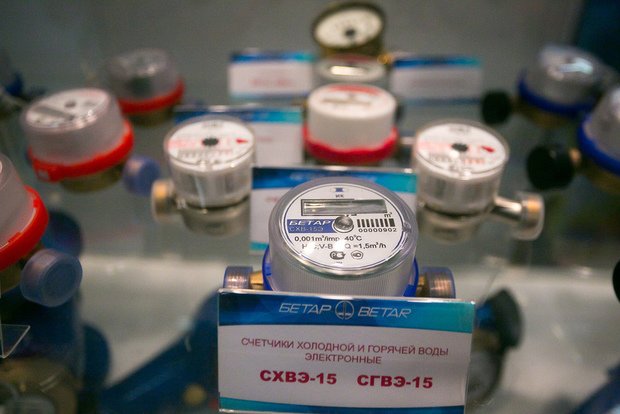
Drinking water: the difference within one region is threefold
The other utility services are calculated in a more complex way. In one and the same region there can be several suppliers, the price for services of which varies considerably. At the same time, the consumer, in most cases, has no possibility to choose the supplying company as the bulk of them are subsidiaries of larger resource suppliers.
For example, there are more than five suppliers of drinking water in Kazan. The cost of a cubic metre of water at the Kazan municipal unitary enterprise Vodokanal, which is the main supplier of water to Kazan consumers, is 18,84 rubles. One cubic metre of water of Teplosnabservis is cheaper — 17,22 rubles. FSBI Central Housing and Communal Management supplies water at 28,65 rubles per cubic metre. The consumers of the residential area Salavat Kupere — clients of RSK PLC — pay a little less than the Vodokanal's — 18,83 rubles per cubic metre.
As for the Volga region organizations with the name of Vodokanal, the most expensive water is in Kirov — here MUE Novovyatsky Vodokanal sells water at 31,28 rubles, and MUE Vodokanal — at 29,57 rubles. ME Samaravodokanal in the village of Rubezhnoe supplies water at 27,1 rubles per cubic metre, Orenburg Vodokanal PLC — 26,34 rubles. The cheapest water among Vodokanal enterprises is in Yoshkar-Ola (16,4 rubles per cubic metre), Cheboksary (17,13 ruble per cubic metre) and Nizhny Novgorod (17,61 rubles).
In general, the cost of a cubic metre of water was changing quite significantly during the year. While the bulk of suppliers increased the cost by 3-6%, there are also exceptions. For example, Izhvodokanal increased the cost by one third at once — from 14 to 18 rubles, the Novovyatsky mechanical plant in Kirov reduced the price by 10%, as well as RZD in the same Kirov.

Cheap Saratov's sewerage
As for sewerage services, the water disposal rose in price by 3-4% in most cases. As always, there are also exceptions — for example, the price of MUE Izhvodokanal increased by 30% (from 9,86 to 12,82 rubles per cubic metre). Vodokanal in Nizhny Novgorod – by 23%. Vodokanal in Kazan increased the price by 4% — from 15,14 to 15,78 rubles per cubic metre.
The most expensive water disposal cost the subscribers connected to REU JSC in Samara — 62 rubles. Approximately the same cost — 67 rubles per one cube on average — is in Kirov, in REP Kostino PLC. In addition, they will have to pay 58 rubles per cubic metre to Kirov MUME Lyangasovo; Zarechye JSC in the same city provides teh service for 38 rubles per cubic metre. In the list of the leaders by price for disposal of a cubic metre of water at 35-36 rubles — there are Novomet-Perm JSC in Perm and Vodokanal in Kirov.
The cheapest sewerage is at UAZ JSC in Ulyanovsk — about 9 rubles per cubic metre. Also, about 10 rubles for the disposal of a cubic metre of water they will have to pay to Saratovvodokanal and the Saratov refinery.
The final tariff for heat is very different from the initial one
The final tariff for heat is formed on the basis of the costs for production (purchase of thermal energy) and for the transfer of thermal energy through thermal networks, as well as the distribution costs of the organization engaged in the supply of thermal energy. Inflation, a rise in the cost of regulated services and an increase in energy price, that is, for fuel and electricity, are the main factors for their growth. Average annual price growth for heating was 3-7%. Similarly — in different regions, including neighbouring ones, prices for consumers may differ significantly from each other.
The subscribers to three Kirov enterprises — Teplotekhnik PLC, the boilers of Indikon PLC and the heat supply company PLC and one in Yoshkar-Ola — Marikommunenergo PLC — will have to pay more than 4,000 rubles per Gcal.
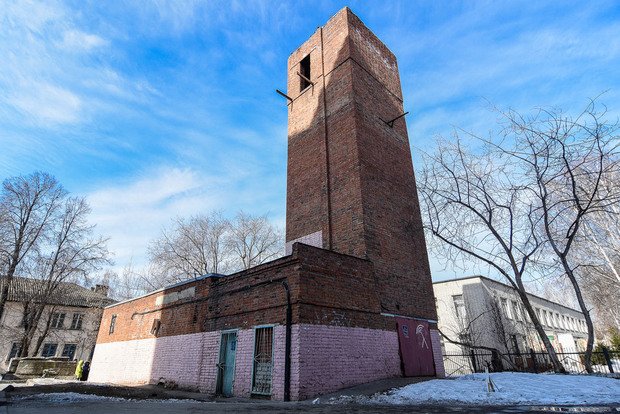
At the same time, this difference directly depends on, first of all, the methods of heat production: it is cheaper at a thermal power plant with simultaneous electricity production, and more expensive — at boilers where only heat is produced. It also depends on the type of fuel used: gas, mazut or even coal, which is not very popular in our region. Having compared the tariffs of different thermal power plants, we have noted that the price of heat at the initial stage of its production can also be very different, and it depends not only on the type of fuel used, but also on the methods of its distribution between electricity energy and heat energy in their production.
Besides, it seems interesting not only the rise in prices itself, but also, of course, the system of final tariff formation. Let's take Tatarstan, for example. Kazan residents mostly receive heat from three large stations — the Kazan CHPP-1, CHPP-2 and CHPP-3. So, the tariff for production at the Kazan CHPP-1 and CHPP-2 of Tatenergo JSC in the first half of 2018 amounted to 775 rubles per Gcal. A similar tariff of production for one Gcal of heat from Kazan CHPP-3 of TGC-16 JSC is much lower — 549,97 rubles. At the same time, it should be noted that the cost of the same Gcal of heat, for which the population pays according to the boiler tariff for the supply from these three stations, from the main heat supplier in Kazan, Tatenergo JSC, already amounts to 1,358,47 rubles (excluding VAT). At the same time, heat supply only from cheaper CHPP-3 to the consumers of Salavat Kupere residential complex is provided at the rate of 1,208,18 rubles (excluding VAT). It turns out that if Tatenergo increases the purchase of cheaper heat from the neighbouring CHPP-3 for delivery to consumers, then the prices for heating in bills of the Kazan residents will be lower. However, Tatenergo JSC as the thermal monopolist of Kazan ignores this fact and, on the contrary, reduces the purchase of heat from CHPP-3.
The similar situation is in Nizhnekamsk, where the supply of heat is carried out from two stations. The rate for production of one Gcal at the collector of Nizhnekamsk CHPP (PTK-1) in the first half of the year amounted to 457,37 rubles, at the collector of Nizhnekamsk CHPP PLC (PTK-2) — 523,77 rubles. At the same time, the final tariff from the heat supplier, which is also Tatenergo JSC, is 1,283,05 rubles (excluding VAT).
Such a significant difference in the initial and final tariffs of production (more than twofold) suggests, most likely, the maintenance of networks in poor condition by the same Tatenergo JSC and, as a result, high heat losses during heat transfer through these networks, for which the population also pays.
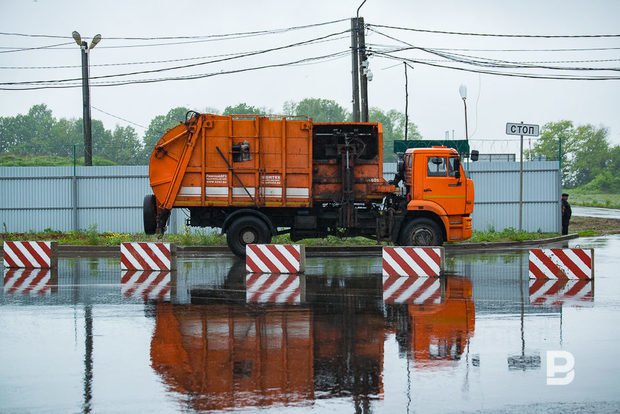
Someone pays per tonne, and someone – per cubic metre
Finally, another important item in utility payments is the removal of municipal solid waste. This service is offered in most regions by several companies, they are not so many. The level of tariffs here is also quite heterogeneous. For example, the cost of recycling one cubic metre of waste from Kuprit JSC in Kirov costs 90 rubles with an annual growth in 2017 by 35%, and for example, Transport Company Orion PLC in Perm, on the contrary, reduced the tariff by 20% — from 129 to 103 rubles per cubic metre. The cost of waste disposal for the population from the enterprises in Tatarstan varies from 40 to 170 rubles per cubic metre.
The most expensive operator for waste disposal has become Waste Management JSC in Saratov, where the cost of recycling one cubic metre of solid waste is 322 rubles. A little less — 315 rubles — is from Waste Management-NN СJSC in Nizhny Novgorod.
Besides, some operators calculate the cost of disposal not per cubic metre, but per tonne. Here the most expensive is Clean City PLC in Izhevsk with 1,221 ruble per tonne. The branch of Waste Management PJSC in Novocheboksarsk, Chivashia, also has a high price — 1,151 rubles, of the municipal unitary enterprise Polygon in Perm — 367 rubles per tonne.
The cheapest disposal cost is at the Directorate of municipal economy and improvememnt in Saransk — 18,57 ruble per cubic metre, and also at Sakh PLC in Kirov — 18,57 rubles per cubic metre.